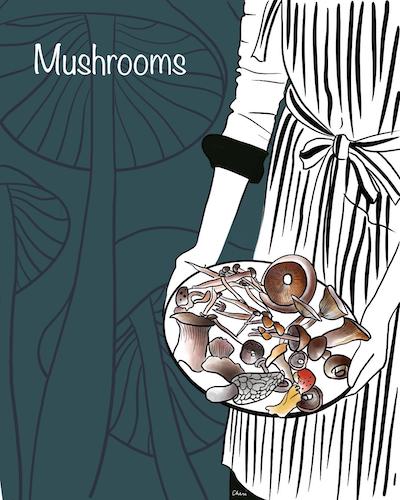THE BOMBAY SEMINARY: A Sermon in Stone – 10 Features of the Goregaon Seminary
For decades the Bombay Seminary is suitably called ‘A Sermon in Stone’. But apart from the innumerable homilies researched, studied, written, and delivered within its walls, what are the structural legacies that distinguish this monumental institution? Read on to discover.
-
As discussed earlier, the Goregaon property covers an approximate area of 30 acres. It is not symmetrical though it is roughly rectangular. Situated on an elevation, the building façade faces the west. An entrance porch leads up from the campus to its imposing portals.
-
The building was designed with due regard to its function. This is witnessed in its massive character and restrained grandeur. Its architectural style was meant to be conducive to the physical, cultural, and spiritual wellbeing of the students with due provision for the future.

-
The Bird’s eye view of the Seminary building easily outlines its construction. It is shaped, more or less, in the form of the letter E. The Central Block forms the main stem of the E-shaped pattern. The three perpendicular strokes are the side wings and the middle part of the building.
-
The Auditorium or Hall rests on the ground floor of the Middle Wing and is accessible from the main entrance. The Hall has a seating capacity for 625 persons and a stage measuring 42 feet by 48 feet. It is equipped with green rooms, lavatory, and store-rooms.





 Fr. Warner D'Souza is a Catholic priest of the Archdiocese of Bombay. He has served in the parishes of St Michael's (Mahim), St Paul's (Dadar East), Our Lady of Mount Carmel, (Bandra), a ten year stint as priest-in-charge at St Jude Church (Malad East) and at present is the Parish Priest at St Stephen's Church (Cumballa Hill). He is also the Director of the Archdiocesan Heritage Museum and is the co-ordinator of the Committee for the Promotion and Preservation of the Artistic and Historic Patrimony of the Church.
Fr. Warner D'Souza is a Catholic priest of the Archdiocese of Bombay. He has served in the parishes of St Michael's (Mahim), St Paul's (Dadar East), Our Lady of Mount Carmel, (Bandra), a ten year stint as priest-in-charge at St Jude Church (Malad East) and at present is the Parish Priest at St Stephen's Church (Cumballa Hill). He is also the Director of the Archdiocesan Heritage Museum and is the co-ordinator of the Committee for the Promotion and Preservation of the Artistic and Historic Patrimony of the Church.